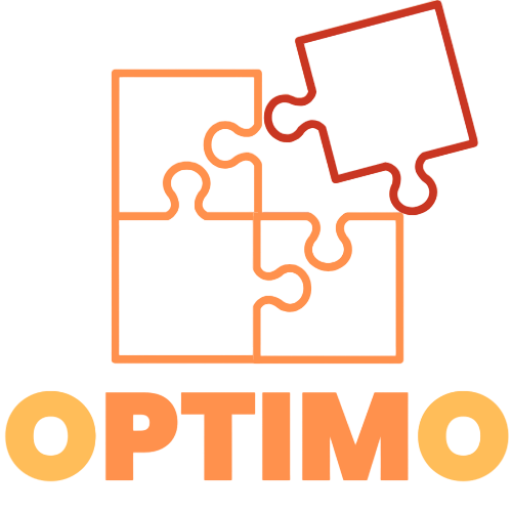Are you looking for an engaging and easy-to-prepare method to improve your students’ politeness and conversational fluency?
‘What do we say when…?’ is a dynamic team game designed to help learners memorise and quickly use common everyday expressions.
This exercise promotes quick thinking and encourages students to go beyond word-for-word translations, deepening their understanding of contextually appropriate language.
It’s a very energetic way to practise conversational skills and add a touch of competition to your lesson! The two competing teams bring a dynamic and stimulating aspect to this vocabulary and culture exercise.
This activity promotes intercultural thinking and encourages interaction!
These standardised linguistic expressions, used to mark a social ritual, express wishes, congratulations, sympathy or condolences, will also give your learners a better understanding of the cultural environment in which they live.
Cover image and images created by AI (Gemini)
Activity contributed by: CU / Audrey Fresquet
Activity played between two teams
Learning objectives:
- Everyday situations
- Polite phrases and set Expressions
Instructions for this exercise
Material and Set up: The teacher print and cut out the ‘Situations’ cards, which he/she will keep with him/her in a face-down pile. Then the teacher divides the learners in the class into two teams. One team stands to the left of the teacher, the other to the right.
Warm-up: He/She can ask learners how to say in their language before sitting down to eat, ‘Enjoy your meal’ or when toasting, ‘Cheers’, or for example, ‘Good luck’ before someone takes an exam.
Tip for teachers:
- You can laminate the ‘Situations’ cards to make this activity last longer.
- You can also create ‘Situations’ cards using photos from the internet or AI-generated images corresponding to other everyday events or that represent situations common to your culture, country, or region.
- The teacher draws the ‘Situations’ cards one by one and shows them to the teams. The first team starts: the learners must find an expression/polite phrase that corresponds to the everyday situation shown on the card
- The teacher validates the expression or phrase by writing it on the board, then turns to the other team to ask if they know a synonymous expression for the same situation, and so on. The first team that cannot find an expression that fits the situation loses that round and the opposing team wins the point.
- Continue the rounds until all the ‘Situations’ cards have been used. The team with the most points wins the game.
Mitä sanot kun…
Etsitkö kiinnostavaa ja helposti valmisteltavaa metodia, jonka avulla voi auttaa oppijoita hallitsemaan enemmän sopivia fraaseja ja osallistumaan keskusteluihin luontevammin? “Mitä sanot, kun…” on dynaaminen joukkuepeli, jonka avulla oppijat muistavat ja pääsevät nopeasti käyttämään jokapäiväisiä ilmauksia.
Harjoitus edistää nopeaa ajattelua ja kannustaa oppijoita ohittamaan sanasta sanaan -käännökset: samalla se syventää heidän ymmärtämistään tilannesidonnaisesta kielenkäytöstä.
Harjoitus tuo tunnille energiaa ja pientä kilpailuasetelmaa samalla, kun oppijat pääsevät harjoittelemaan käytännöllisiä keskustelutaitoja ja oppimaan myös kulttuurista.
Kansikuva ja tehtäväkortit luotu tekoälyn avulla (Gemini)
Tehtävän tuottanut: CU / Audrey Fresquet
Kahden joukkueen välinen kilpailu
Oppimistavoitteet:
- Jokapäiväiset tilanteet
- Kohteliaat fraasit ja vakiintuneet ilmaisut
Ohjeet harjoitukseen
Materiaalit ja valmistelu: Opettaja tulostaa ja leikkaa valmiiksi tilannekortit, jotka hän pitää itsellään pinossa kuvapuoli alaspäin. Luokassa oppijat jaetaan kahteen joukkueeseen: toinen seisoo opettajan vasemmalla, toinen oikealla puolella.
Lämmittely: Opettaja tiedustelee oppijoilta, mitä he sanovat omalla äidinkielellään esim. silloin, kun jollain on syntymäpäivät. Samalla voi kertoa, mitä suomalaiset sanoisivat.
Vinkkejä opettajille:
- Laminoi tilannekortit, jolloin ne kestävä kauemmin.
- Luo itse lisää tilannekortteja kuvapankkien tai tekoälyn avulla – näin saat lisättyä myös paikallisia tapoja.
- Opettaja esittelee yhden tilannekortin kerrallaan joukkueille. Oikealla oleva joukkue aloittaa: siinä olevien oppijoiden pitää keksiä yhdessä, mitä tilanteessa voisi sanoa.
- Jos opettaja hyväksyy ilmauksen, hän kirjoittaa sen näkyville taululle. Sen jälkeen hän kysyy toiselta joukkueelta, tietäisivätkö he toisen tavan sanoa sama asia. Jos he keksivät, aloittanut joukkue voi vielä yrittää keksiä vastaavan ilmauksen jne.
- Joukkue, joka ei enää keksi vastaavaa ilmausta, häviää kierroksen, jolloin toinen saa pisteen.
- Seuraavalla kierroksella vasemmalla oleva joukkue aloittaa. Peliä pelataan, kunnes kaikki kortit on käytetty.






